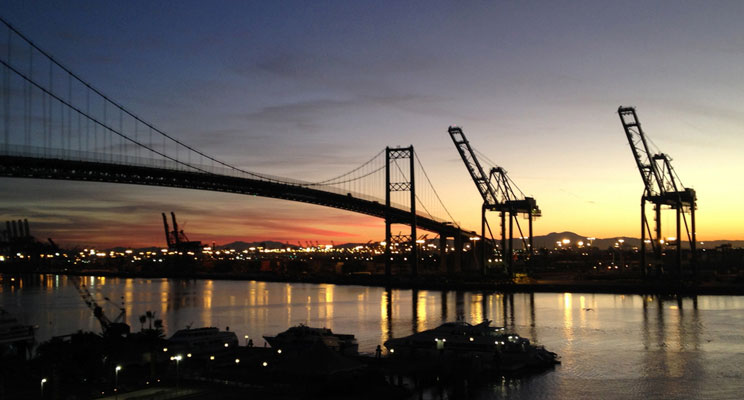This week, FreightWaves posted an article about new incentives being rolled out at the Port of Long Beach to shore up declining volume. Long Beach has seen a 6.6% decrease in year-over-year volume where Los Angeles, which already has an incentive program in place, has grown this year. So it’s not surprising to see Long Beach following suit.
Rather than being a simple discount, the program is designed to incentivize growth. Beginning October 1st and for the next year, Long Beach will pay carriers $10/TEU for cargo that exceeds both the carriers’ previous volumes and the growth of trans-Pacific trade in general. In short, if a carrier is moving more cargo through Long Beach than they did last year and their rate of growth exceeds the growth of the market, they could benefit from this program.
What’s the catch?
For shippers moving cargo onto the West Coast, this could be all upside. Long beach expects payouts to carriers to range from $4M – $6.5M. Hopefully, some of that savings will make its way to shippers. In the process, they hope to raise volumes by 400,000 – 650,000 TEU. That extra volume is where the potential pitfall lies for shippers.
Historically, increased volume in Long Beach and Los Angeles leads to chassis shortages. Lack of available chassis increases the likelihood of containers sitting at the port, incurring demurrage fees. Ah yes, it’s our old friend, demurrage. While the carriers reap the benefits of the incentives, storage costs are born by the shippers and their customers—potentially erasing any savings they might have seen.
Thankfully, we are not seeing problems with chassis availability right now and cargo is moving smoothly. This will be something to keep an eye on, however, as the program goes into effect along with the usual increase in Q4 volumes. If chassis availability begins to tighten, customers moving cargo to inland destinations may find better opportunities to save by bringing shipments into Gulf Coast ports.

